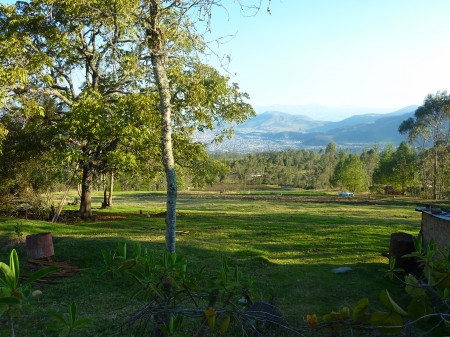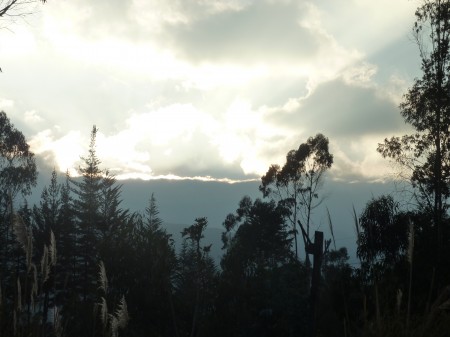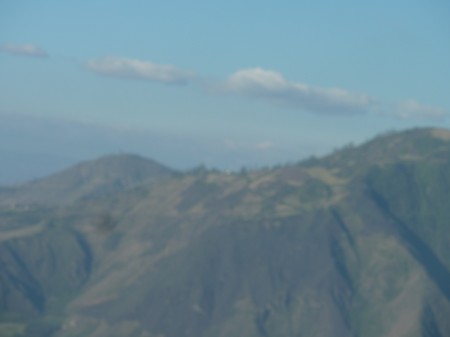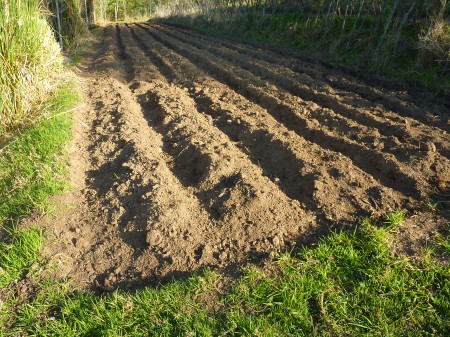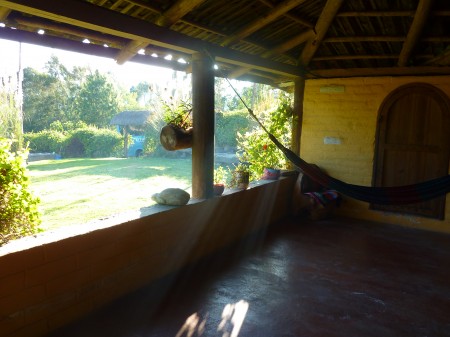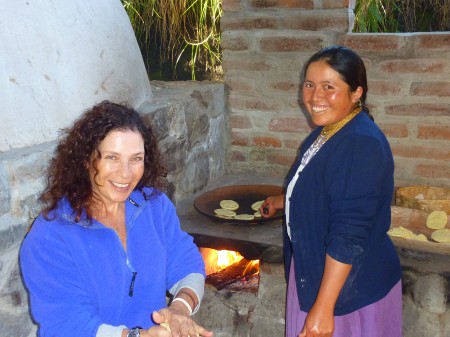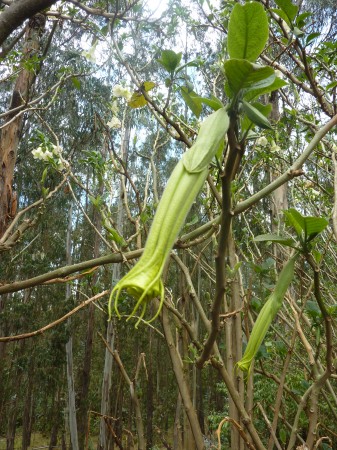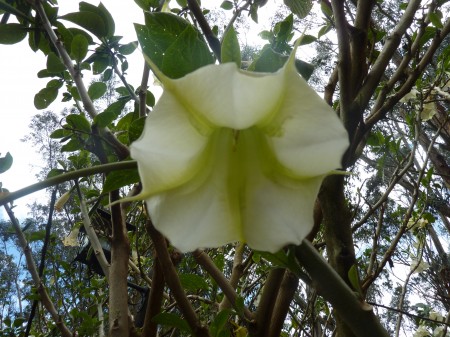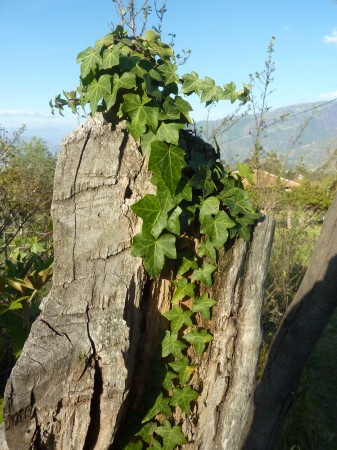I returned this Thursday from a 2 week journey in Ecuador. Since I’m still grappling with how to use words to write about this powerful journey, in this post I’m using photos to tell a story.
The first leg of the trip was spending 2 days at San Clemente, an indigenous- owned community based project situated on the flanks of the sacred Imababura volcano.
“Imbabura is an inactive stratovolcano in northern Ecuador. Although it has not erupted for at least 14,000 years, it is not thought to be entirely extinct. Imbabura is intermittently capped with snow and has no permanent glaciers.”*
It is an ongoing threat to this highly populated area of Ecuador and has recently produced pyroclastic flows and tephra deposits.
“Covered in volcanic ash, the slopes of Imbabura are especially fertile. In addition to cloud forests, which are found across the northern Andes to an altitude of 3000 m, the land around Imbabura is extensively farmed. Maize, sugarcane, and beans are all staple crops of the region. Cattle are also an important commodity, and much of the land on and around Imbabura, especially the high-altitude meadows above the tree line, is used for grazing.” *
The indigenous people have a spiritual relationship to the land. Their lives are about listening and responding to what nature tells them.
During our 2 day visit, we had breakfast with families followed by activities in the community, including agricultural practices including tilling soil with an oxen plow, planting/harvesting crops, and grinding corn. We also took a forest hike to learn about native medicinal plants, discussions about the Andean cosmo-vision, and a traditional feast with local foods grown in the community. Our final evening we had dinner with our families (the food was delicious and healthy) followed by cultural sharing and celebration, including traditional Andean music.
Athough a datura bush is covered with magnificent flowers, it is a poisonous plant. It contains toxic hallucinogens, and can cause delirious states and death.
* Courtesy of Wikipedia
The trip was sponsored by Pachamama Alliance.
Now it’s your turn. Have you ever gone on a trip that left a profound impact on you?

